4 Inch PVC Flange: Detailed Guide
Table of Contents
- Introduction
- Specifications and Features
- Dimensions
- Material Composition
- Design and Structure
- Applications and Uses
- Plumbing Systems
- Industrial Applications
- Irrigation Systems
- Installation and Maintenance
- Installation Process
- Maintenance Tips
- Advantages of PVC Flanges
- Cost Efficiency
- Corrosion Resistance
- Ease of Installation
- Comparison with Other Flange Materials
- PVC vs. Metal Flanges
- PVC vs. CPVC Flanges
- Safety and Compliance
- Safety Guidelines
- Regulatory Compliance
- Conclusion
1. Introduction
The 4-Inch PVC Flange is a highly effective and versatile component designed for connecting pipes and fittings in a range of piping systems. Constructed from premium Polyvinyl Chloride (PVC), this flange provides a secure, leak-proof connection that is essential for maintaining the integrity of various plumbing, industrial, and irrigation applications. Known for its durability and cost-effectiveness, the 4-inch PVC flange is a reliable choice for both residential and commercial installations.
2. Specifications and Features
Dimensions
The 4-Inch PVC Flange is designed to fit pipes with an internal diameter of 4 inches. The flange features a standard face size with bolt holes arranged in a specific pattern to ensure compatibility with other flanges and fittings. The outer dimensions of the flange conform to industry standards, allowing it to be easily integrated into existing piping systems. The flange’s face typically measures 6 inches in diameter, with bolt holes spaced 4 inches apart, providing a stable and secure connection.
Material Composition
The flange is made from high-quality PVC, a thermoplastic material known for its strength, resistance to chemicals, and durability. PVC is ideal for various applications due to its ability to withstand exposure to moisture, chemicals, and environmental factors without degrading. The 4-Inch PVC Flange benefits from PVC’s properties, offering reliable performance and longevity even under demanding conditions.
Design and Structure
The design of the 4-Inch PVC Flange includes a flat, circular face with bolt holes evenly spaced around the perimeter. This configuration allows for easy bolting to another flange or fitting, ensuring a tight and secure connection. The smooth surface of the flange facilitates a proper seal with gaskets or other sealing materials. The standard bolt hole pattern ensures compatibility with widely used bolting hardware, making the flange versatile and easy to install.
3. Applications and Uses
Plumbing Systems
In plumbing systems, the 4-Inch PVC Flange is used to create strong, reliable connections between pipes and other plumbing components. It is commonly employed in water supply and drainage systems to ensure a leak-proof seal. The flange’s ability to form a secure connection makes it essential for maintaining the performance and reliability of plumbing networks.
Industrial Applications
The 4-Inch PVC Flange is also utilized in various industrial applications where robust, chemical-resistant connections are required. Its durability and resistance to chemicals make it suitable for use in manufacturing processes, chemical processing, and other industrial settings. The flange’s performance under challenging conditions ensures that it meets the demands of various industrial environments.
Irrigation Systems
In irrigation systems, the 4-Inch PVC Flange facilitates the connection of pipes and fittings, enabling efficient water distribution across gardens, fields, and landscapes. Its resistance to environmental factors and ease of installation make it an ideal choice for outdoor irrigation applications. The flange helps ensure that irrigation systems operate effectively and reliably, even in harsh conditions.
4. Installation and Maintenance
Installation Process
The installation of a 4-Inch PVC Flange involves several key steps:
- Preparation: Clean the pipe ends and the flange thoroughly to remove any debris or contaminants. Ensure that the pipe ends are cut squarely for a proper fit.
- Alignment: Align the flange with the pipe and ensure that the bolt holes are correctly positioned for a secure connection.
- Sealing: Place a gasket or sealing material between the flange and the pipe to create a watertight seal.
- Bolting: Insert bolts through the flange holes and tighten them evenly to secure the flange in place. Follow the manufacturer’s specifications for bolt torque to ensure a proper seal.
- Inspection: Check the connection for any signs of leaks or misalignment and make necessary adjustments.
Maintenance Tips
PVC flanges generally require minimal maintenance. Regular inspections should be performed to check for any signs of wear, damage, or leaks. Ensure that bolts are properly tightened and that the seal remains intact. If any issues are detected, prompt repairs or replacements should be made. Avoid exposing the flange to extreme temperatures or harsh chemicals that could compromise its performance.
5. Advantages of PVC Flanges
Cost Efficiency
PVC flanges offer a cost-effective solution compared to metal or composite alternatives. Their low initial cost, combined with their durability and minimal maintenance requirements, makes them an economical choice for a wide range of applications. The long-term value provided by PVC flanges is enhanced by their reliability and ease of installation.
Corrosion Resistance
One of the major advantages of PVC flanges is their resistance to corrosion and rust. Unlike metal flanges, PVC does not degrade when exposed to moisture or chemicals, resulting in a longer service life and reduced maintenance needs. This corrosion resistance makes PVC flanges particularly suitable for applications involving water or chemical exposure.
Ease of Installation
PVC flanges are lightweight and easy to handle, simplifying the installation process compared to metal alternatives. The straightforward design and compatibility with standard pipe fittings and hardware contribute to a hassle-free installation experience. The lightweight nature also reduces the risk of injury during handling and installation.
6. Comparison with Other Flange Materials
PVC vs. Metal Flanges
Metal flanges, such as those made from stainless steel or brass, offer high strength but are generally more expensive and prone to corrosion. PVC flanges provide a cost-effective, corrosion-resistant alternative with sufficient strength for many applications. The ease of installation and lightweight nature of PVC flanges further differentiate them from metal options.
PVC vs. CPVC Flanges
Chlorinated Polyvinyl Chloride (CPVC) flanges are designed for higher temperature applications and offer improved thermal resistance compared to standard PVC flanges. While CPVC flanges can handle higher temperatures, PVC flanges are typically more economical and suitable for standard temperature applications, making them a preferred choice for many projects.
7. Safety and Compliance
Safety Guidelines
When working with PVC flanges, it is important to use appropriate safety gear, such as gloves and safety glasses, to protect against sharp edges and potential chemical exposure. Follow the manufacturer’s instructions for safe handling and installation practices to ensure a secure and effective connection.
Regulatory Compliance
The 4-Inch PVC Flange complies with industry standards and regulations, including ASTM (American Society for Testing and Materials) specifications. This compliance ensures that the flange meets quality and performance standards for its intended applications, providing assurance that it adheres to established guidelines.
8. Conclusion
The 4-Inch PVC Flange is a durable and versatile component suitable for various piping systems, including plumbing, industrial, and irrigation applications. Its robust construction, cost-efficiency, and ease of installation make it a valuable choice for many projects. By understanding its specifications, advantages, and maintenance requirements, users can ensure optimal performance and longevity of their piping systems.












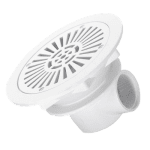





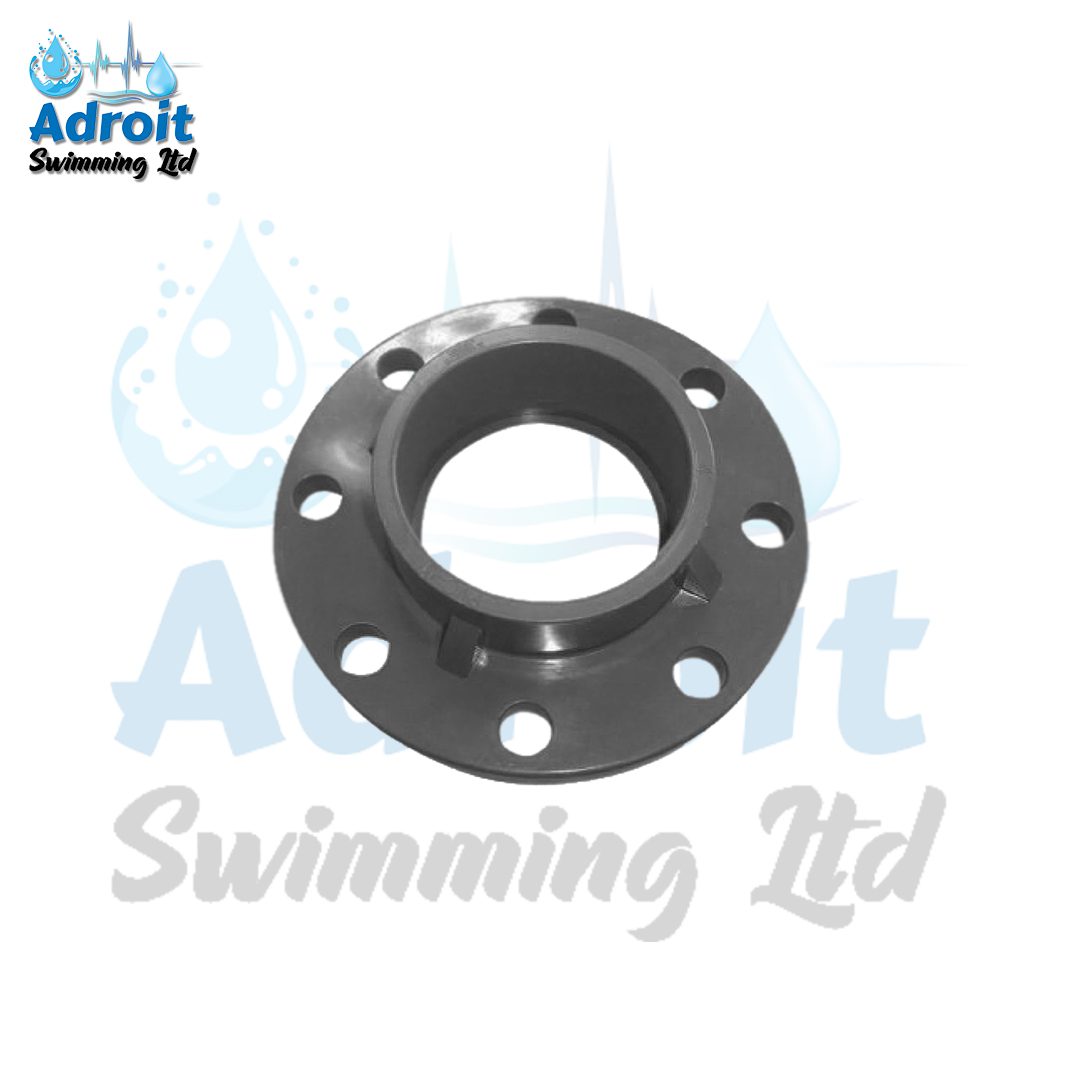

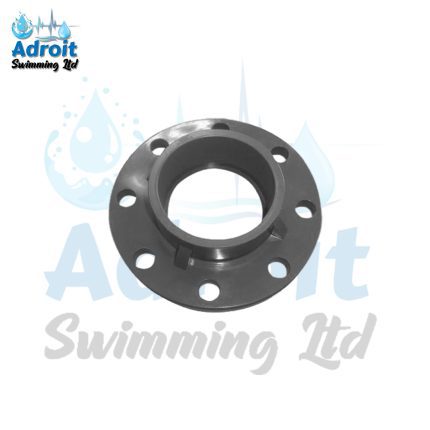
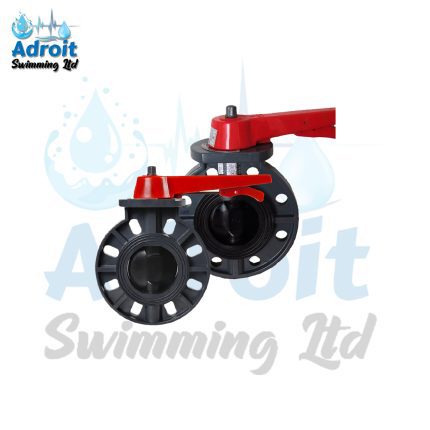


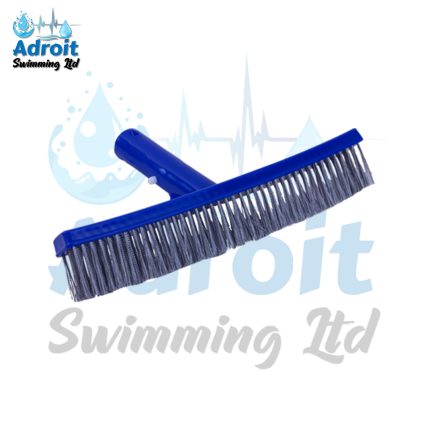

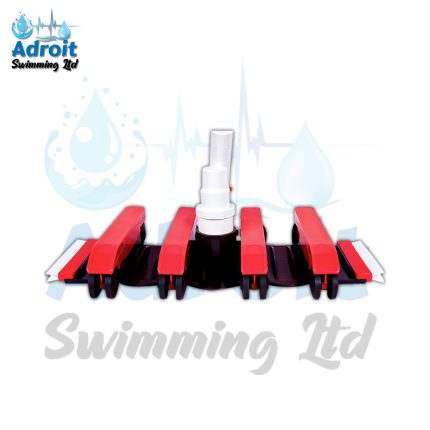

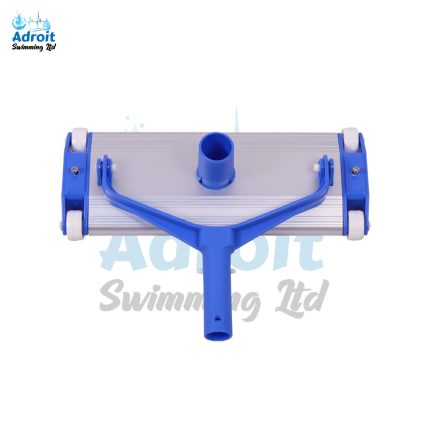

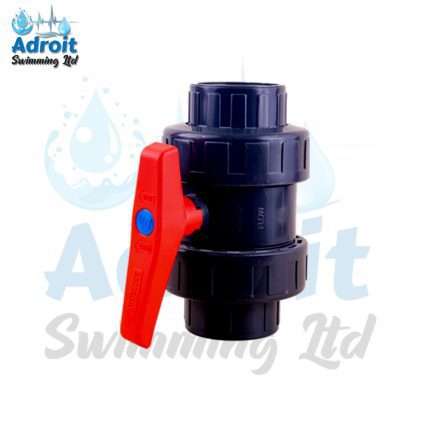
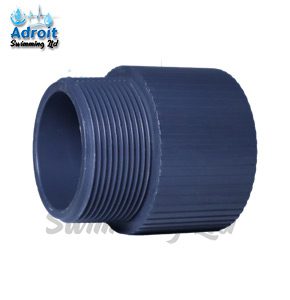


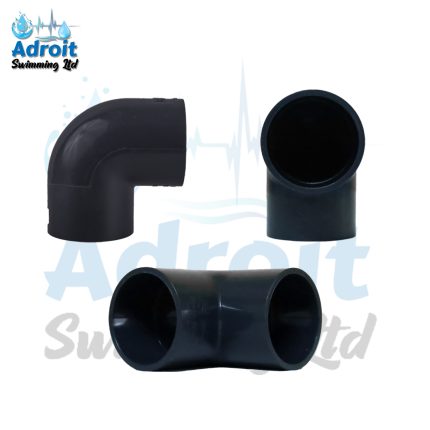
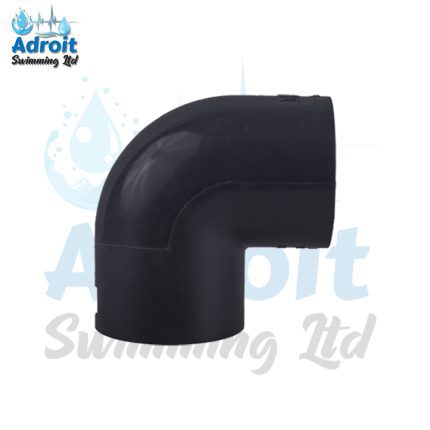

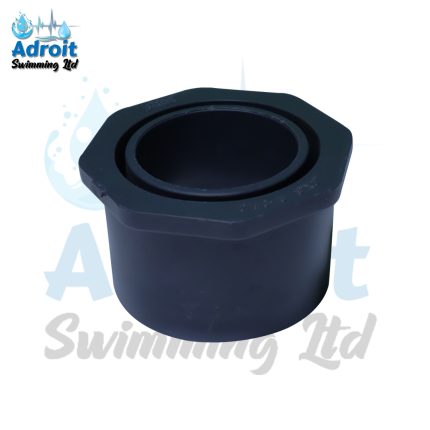
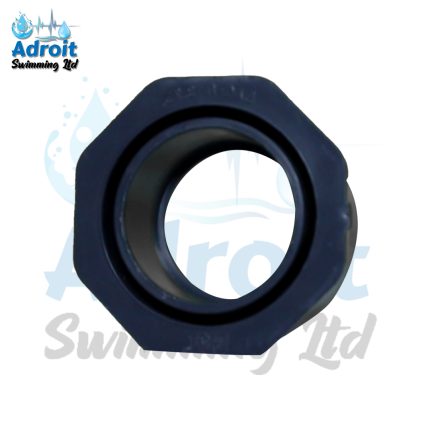
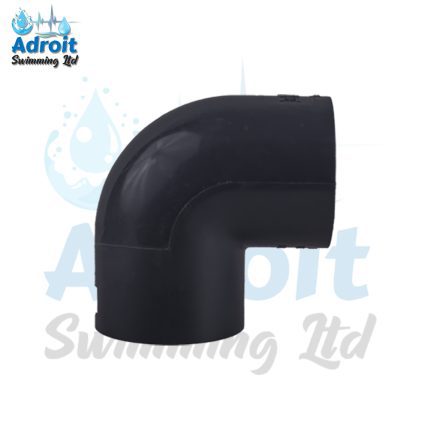
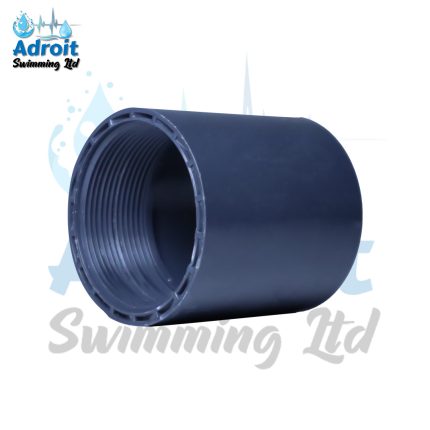


Reviews
There are no reviews yet.